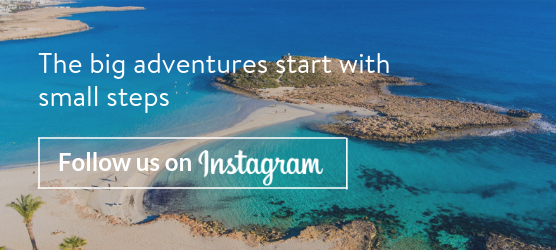Have you always dreamed of swimming like a dolphin and experience the underwater world in a different way? If you want to explore the seabed, scuba diving is the activity for you. Maybe, you feel a little bit unsure and scared but don’t worry, you will be accompanied by a professional in this first initiation. There are certain equipment, safety rules, pre-requisites and conditions that have to be respected: everything will be explained to you so that your first diving is safety and joyful experience. Once familiar with the practice of this activity, you will enjoy discovering the most interesting diving sites in Europe. The wonders of the marine fauna and flora are waiting for you!
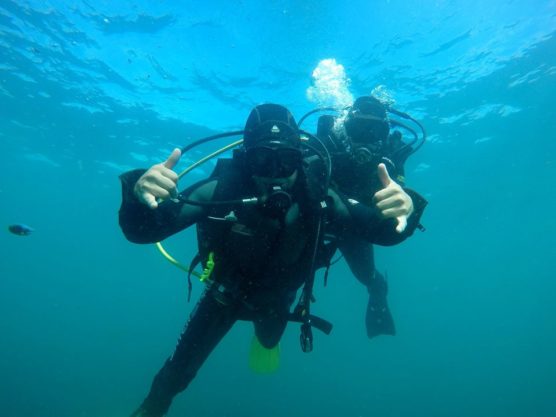
All you need to know
Prerequisites
Diving baptism is for anyone wishing to discover the underwater world. It allows you to dive without a license, accompanied by a professional diver. Nevertheless, before considering taking part in one of these initiations, some recommendations should be respected:
- It is obviously important to know how to swim.
- It is mandatory to be at least 8 years old to be able to pass the first dive.
- Pregnant women can not dive.
- People with epilepsy and asthma cannot pass their diving baptism.
- An information sheet must be filled in if you don’t have a medical certificate so that one can obtain diving permission.
The equipment
To dive safely, it’s essential to have adequate good quality equipment. When on your first dive, you don’t have to worry about this, as scuba diving schools are committed to provide standard equipment. For those who want to buy their own equipment, pay special attention to the choice of your mask and your suit. Consider the time of using it, is it going to be during winter or summer?
The quality of your equipment won’t only affect your safety, but also the pleasure once you are underneath the sea.
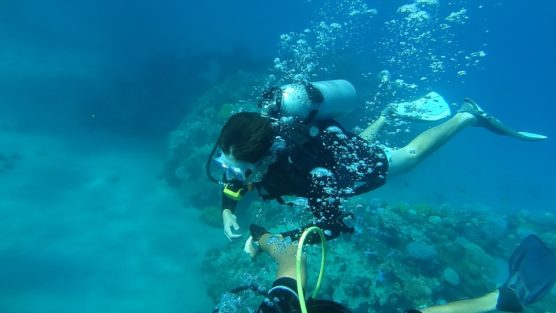
Take into account the diving conditions
If you have never dived before, you might be anxious about diving for the first time. The diving conditions (minimum age, depth, temperature, duration of diving) are framed by the law. Diving schools are required to enforce these requirements.
Before ‘’diving’’ into this adventure, it’s important to study the environment you want to discover. To know:
- Visibility once in the water. For example, it is particularly good in the Mediterranean Sea, while visibility in the waters of the Atlantic Ocean is more limited.
- The current. Depending on the current and the wind, sometimes diving can be more difficult. The Canary Islands require, for example, particular vigilance to dive.
- The temperature of the water. For your information, the minimum temperature allowed for diving is 12 ° C. The temperature of the Mediterranean Sea varies for example between 27 ° C in summer and 15 ° C in winter.
- The duration of the dive. It is obviously essential diving is no longer than the time allotted to you. Be aware that at 12 ° C, the dive should not exceed 20 minutes.
The best diving sites in Europe
The creeks of the Côte d’Azur (France)
The creeks of the Côte d’Azur, stretching from Marseille to Cassis, offer an idyllic setting for an amazing experience in one of the best diving sites in Europe. Characterized by warm and transparent waters, the Mediterranean Sea has very good visibility for the divers. The marine flora and fauna of the creeks are very well preserved. A well-known spot for divers is particularly the small island of Gabinière.
For the more experienced ones who can dive deeper, not far from the creeks, you will find several wrecks dating back from the Second World War.
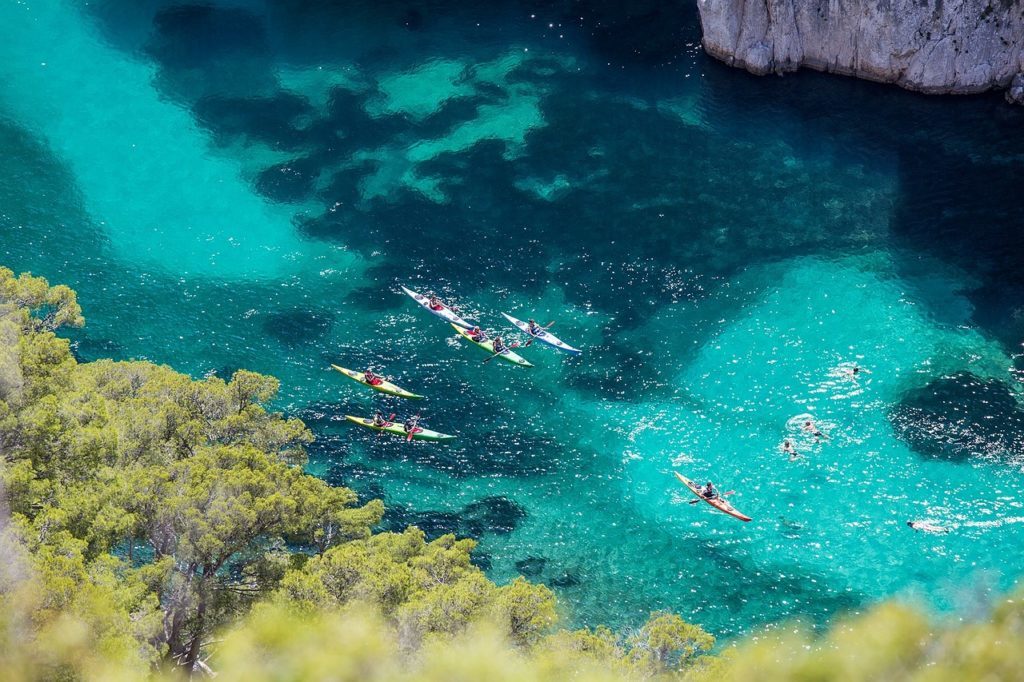
The Costa del Sol (Spain)
In the south of Spain, the Costa del Sol is a favourite spot for divers. If the Costa del Sol is famous for its tourist beaches and wild coves but it’s also known for its many diving spots. It also benefits from the warm, transparent waters of the Mediterranean Sea.
Among the many destinations to mention in your list for the best diving spots, we particularly recommend Mavilva, Torrox, Marbella, and Nerja.
The seabed of Playa de las Arenas de Mavilva, is particularly interesting for diving, as it’s both rocky and sandy. In Playa del Peñoncillo, the closest part of Torrox Point, you can admire the greatest diversity of marine life. Finally, we recommend the protected natural area of the Playa de Artola-Cabopino in Marbella and the coves of the Playa de Maro in Nerja.
All these destinations will offer you the best diving experience in the Costa del Sol. If you want to discover more in detail the beauty of the region, we have prepared for you the 5 most beautiful villages of the Costa del Sol.
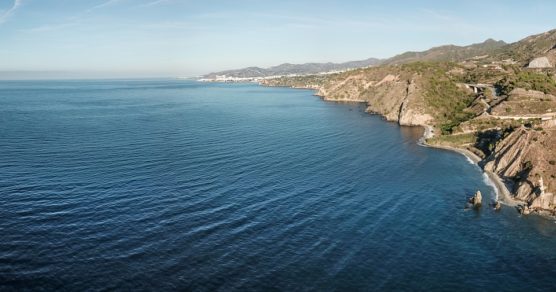
Tenerife (Spain)
Nearby the African continent are the Canary Islands, also known as the “Archipelago of the Eternal Spring”. Among them, the island of Tenerife is a must-go for diving. The visibility is excellent sometimes even up to 40 meters! The volcanic depths of the island are full of, marine species and old wrecks. However, it’s necessary to pay attention to currents, which sometimes make diving more complex.
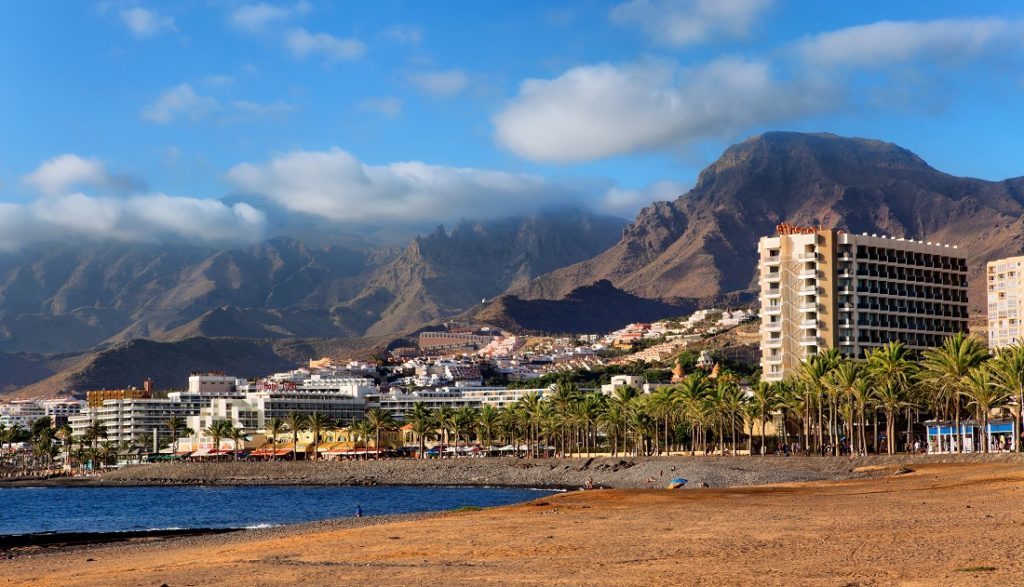
The island of Ustica (Italy)
Finally, head to Sicily (Italy) for our last destination where to dive. The exceptional marine fauna of the small island of Ustica, in the north of Sicily, and its translucent and warm waters make it an absolute must experience for any enthusiast, also known for being one of the most preferred diving sites in Europe by divers.
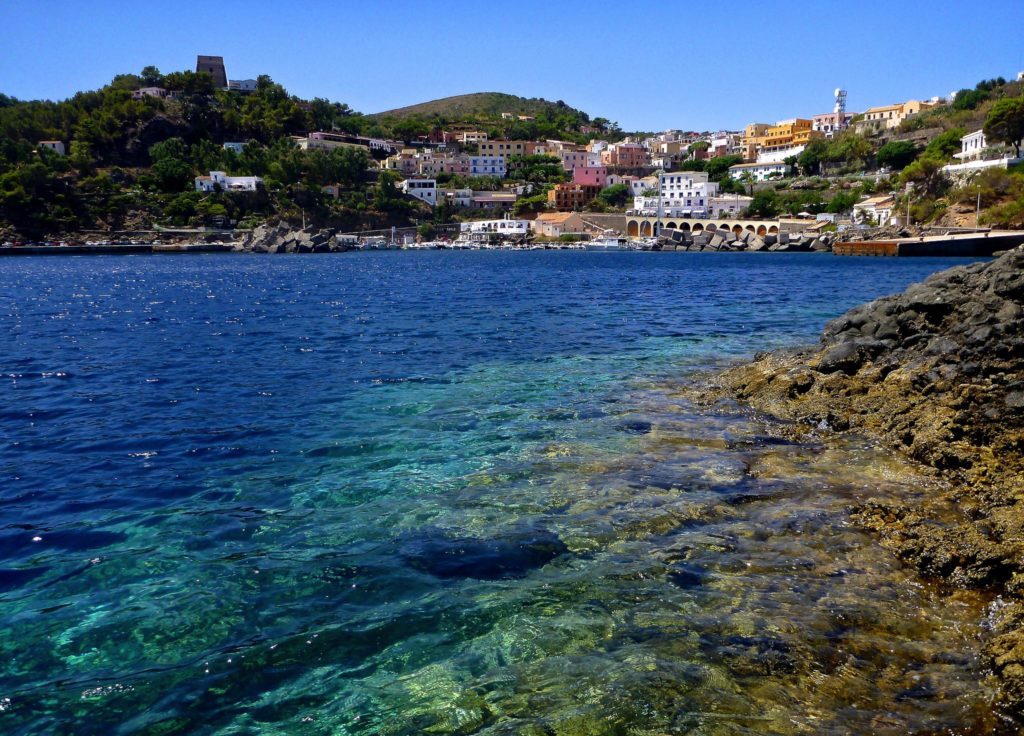
You are ready to dive safely in the most beautiful diving sites in Europe. If you are particularly interested in diving, we recommend checking out our article on the best diving and snorkeling sites in Spain.

